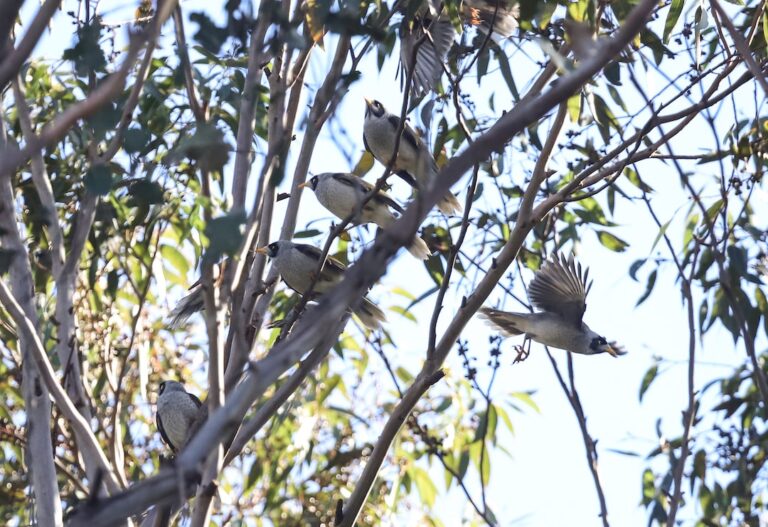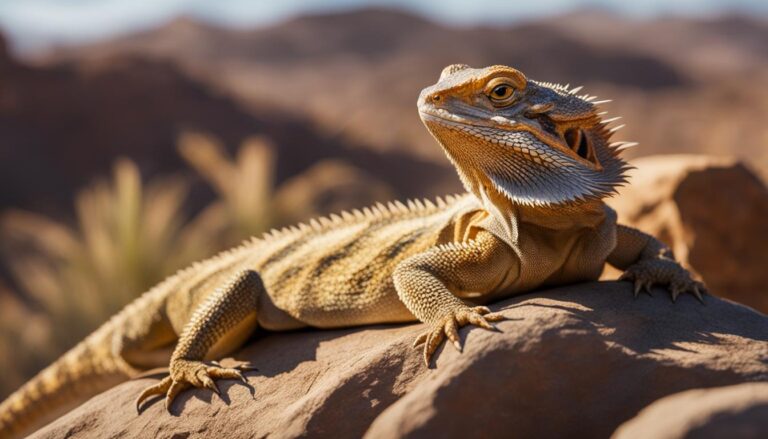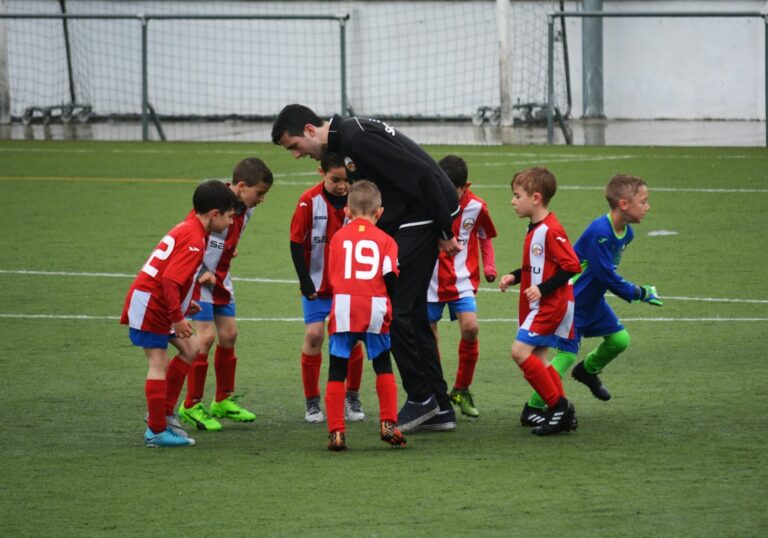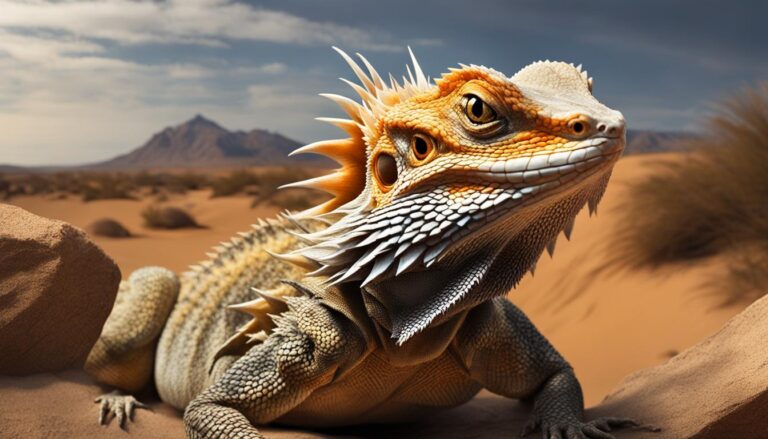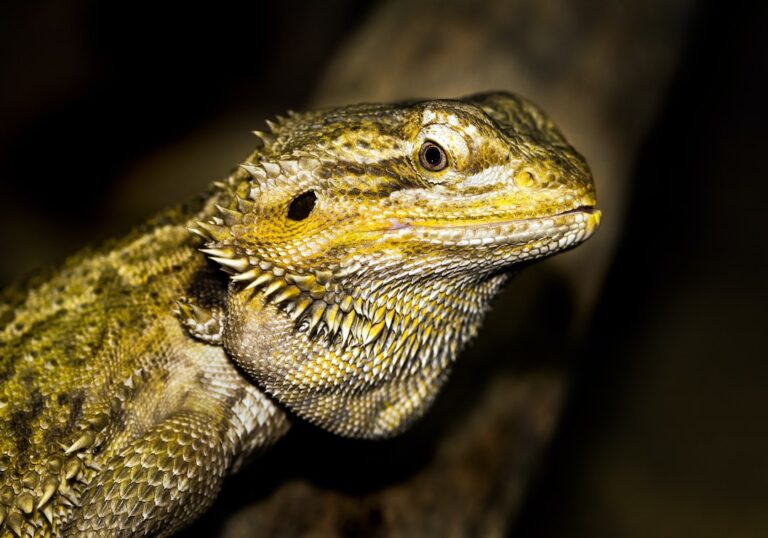Are Bearded Dragons Territorial?
Bearded dragons, scientifically known as Pogona, are popular reptile pets that are native to Australia. They are known for their unique appearance, with spiky scales around their throat that resemble a beard. Bearded dragons make great pets for reptile enthusiasts due to their docile nature and relatively low maintenance requirements. However, it is important for owners to understand their behavior in order to provide them with a suitable environment and ensure their well-being.
Understanding the behavior of bearded dragons is crucial for their overall health and happiness. By understanding their natural instincts and behaviors, owners can better meet their needs and prevent any potential issues that may arise. This includes understanding territorial behavior, which is a common behavior seen in bearded dragons.
Table of Contents
Understanding Territorial Behavior in Bearded Dragons
Territorial behavior refers to the actions and behaviors exhibited by an animal to protect and defend its territory from intruders. In the case of bearded dragons, territory is an important aspect of their lives. In the wild, bearded dragons establish territories to find food, mates, and shelter. They mark their territory through various means, such as scent marking and visual displays.
Territorial behavior in bearded dragons is driven by their natural instincts. They have a strong need to establish and defend their territory, as it provides them with resources necessary for survival. This includes access to food, water, shelter, and potential mates. By understanding the importance of territory for bearded dragons, owners can better understand and manage their behavior.
Signs of Territorial Aggression in Bearded Dragons
Territorial aggression in bearded dragons can manifest in both physical and behavioral signs. Physical signs of aggression may include puffing up the beard, opening the mouth wide to display the inside of the mouth, hissing, lunging forward, or even biting. These physical displays are meant to intimidate and ward off potential intruders.
Behavioral signs of aggression in bearded dragons may include head bobbing, arm waving, tail whipping, or even chasing other dragons or objects within their territory. These behaviors are also meant to establish dominance and deter potential threats. It is important for owners to recognize these signs of aggression in order to prevent any potential conflicts or injuries.
Examples of territorial aggression in bearded dragons can occur when two dragons are housed together in the same enclosure. This can lead to territorial disputes and fights over resources, such as food and basking spots. It is important to provide each dragon with its own separate enclosure to prevent these conflicts.
Causes of Territorial Behavior in Bearded Dragons
Territorial behavior in bearded dragons can be influenced by various factors, including environmental, social, and hormonal factors.
Environmental factors play a significant role in triggering territorial behavior. Bearded dragons require a suitable habitat that provides them with enough space to establish their territory. If the enclosure is too small or lacks proper hiding spots and basking areas, it can lead to increased territorial behavior.
Social factors can also contribute to territorial behavior in bearded dragons. In the wild, bearded dragons are solitary animals and prefer to have their own space. When multiple dragons are housed together, it can lead to competition for resources and territorial disputes.
Hormonal factors can also influence territorial behavior in bearded dragons. During breeding season, male bearded dragons may become more territorial and aggressive as they compete for mates. This is a natural behavior that should be expected during this time.
How to Identify a Territorial Bearded Dragon
Identifying a territorial bearded dragon requires careful observation of their behavior and body language. By understanding their natural instincts and recognizing signs of aggression, owners can better understand their needs and provide appropriate care.
Observing the behavior and body language of a bearded dragon can provide valuable insights into their territorial nature. Signs of aggression may include puffing up the beard, opening the mouth wide, hissing, lunging forward, or biting. These physical displays are meant to intimidate and ward off potential threats.
Understanding territorial boundaries is also important when identifying a territorial bearded dragon. Bearded dragons will establish their territory within their enclosure and may display territorial behaviors when other dragons or objects enter their space. By respecting their boundaries and providing them with their own separate enclosures, owners can prevent conflicts and promote a harmonious living environment.
How to Handle a Territorial Bearded Dragon
Handling a territorial bearded dragon requires caution and proper techniques to ensure the safety of both the owner and the dragon. It is important to establish trust and build a bond with your bearded dragon before attempting to handle them.
Safety precautions should always be taken when handling a territorial bearded dragon. This includes wearing protective gloves to prevent any potential bites or scratches. It is also important to approach the dragon slowly and calmly, avoiding any sudden movements that may startle them.
Techniques for handling a territorial bearded dragon include using a gentle touch and supporting their body properly. It is important to avoid grabbing or squeezing the dragon, as this can cause stress and potentially lead to aggressive behavior. By handling them gently and confidently, owners can help alleviate any potential anxiety or aggression.
Building trust with your bearded dragon is crucial for successful handling. This can be achieved through regular interaction, positive reinforcement, and providing a comfortable and secure environment. By establishing trust, owners can create a bond with their bearded dragon and reduce any potential territorial behavior.
Tips for Managing Territorial Bearded Dragons
Managing territorial bearded dragons requires creating a comfortable environment that meets their needs and provides them with enough space to establish their territory.
Creating a comfortable environment includes providing appropriate temperature gradients, UVB lighting, hiding spots, and basking areas. Bearded dragons require a warm basking spot to regulate their body temperature and a cooler area to retreat to when needed. By providing these essential elements, owners can help reduce stress and promote a sense of security.
Providing adequate space is also important for managing territorial bearded dragons. Each dragon should have its own separate enclosure to prevent territorial disputes and competition for resources. The size of the enclosure should be appropriate for the size of the dragon, allowing them enough space to establish their territory and move around comfortably.
Socializing your bearded dragon can also help manage territorial behavior. By exposing them to different environments, people, and animals from a young age, they can become more comfortable and less territorial. This can be achieved through supervised interactions with other bearded dragons or even other pets in the household.
Can Territorial Behavior in Bearded Dragons be Prevented?
While territorial behavior is a natural instinct in bearded dragons, it can be managed and prevented to some extent through early socialization, proper training, and consistent handling.
Early socialization is crucial for preventing territorial behavior in bearded dragons. By exposing them to different environments, people, and animals from a young age, they can become more comfortable and less territorial. This can help them develop positive associations with new experiences and reduce any potential anxiety or aggression.
Proper training is also important for preventing territorial behavior in bearded dragons. This includes teaching them basic commands, such as “come” or “stay,” which can help redirect their attention and prevent any potential conflicts. Positive reinforcement techniques, such as rewarding good behavior with treats or praise, can also be effective in shaping their behavior.
Consistent handling is key to preventing territorial behavior in bearded dragons. Regular interaction and handling from a young age can help them become accustomed to human contact and reduce any potential aggression or fear. By handling them gently and confidently, owners can establish trust and build a bond with their bearded dragon.
When to Seek Professional Help for Territorial Bearded Dragons
In some cases, territorial behavior in bearded dragons can become severe and unmanageable. If a bearded dragon displays signs of severe aggression, such as persistent biting or attacking, it may be necessary to seek professional help from a veterinarian or reptile behaviorist.
Signs of severe aggression may include excessive aggression towards humans or other animals, self-injury, or persistent territorial displays that cannot be redirected or managed. In these cases, it is important to consult with a professional who can assess the situation and provide appropriate guidance and treatment.
A veterinarian or reptile behaviorist can provide valuable insights and advice on how to manage territorial behavior in bearded dragons. They may recommend behavioral modification techniques, environmental adjustments, or even medication in severe cases. Seeking professional help can ensure the well-being of both the bearded dragon and its owner.
Living with Territorial Bearded Dragons
Living with territorial bearded dragons requires understanding their behavior, recognizing signs of aggression, and providing appropriate care and management techniques. By creating a comfortable environment, providing adequate space, and socializing them from a young age, owners can help prevent and manage territorial behavior in their bearded dragons.
While territorial behavior is a natural instinct in bearded dragons, it is important to remember that each dragon is an individual with its own unique personality. By understanding their needs and providing them with proper care and attention, owners can enjoy the companionship of their bearded dragon and create a harmonious living environment. With patience, consistency, and love, living with a territorial bearded dragon can be a rewarding experience for both the owner and the dragon.
If you’re interested in learning more about the territorial behavior of reptiles, you might also want to check out this fascinating article on Are Bearded Dragons Cannibals?. It delves into the intriguing topic of cannibalism among bearded dragons and explores the reasons behind this behavior. Understanding the territorial nature of these reptiles can provide valuable insights into their overall behavior and care.


